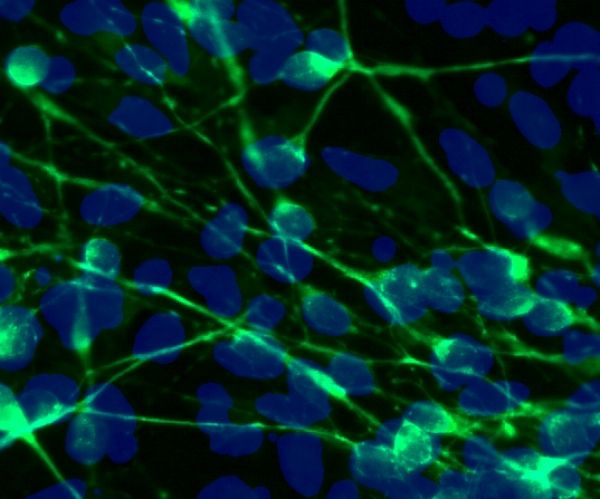People with bipolar disorder experience dramatic shifts in mood, oscillating between often debilitating periods of mania and depression. While a third of people with bipolar disorder can be successfully treated with the drug lithium, the majority of patients struggle to find treatment options that work.
Now, a sweeping new set of findings by Salk researchers reveals previously unknown details explaining why some neurons in bipolar patients swing between being overly or under excited. In two papers published in the journal Biological Psychiatry in February 2020 and October 2019, Salk researchers used experimental and computational techniques to describe how variations in potassium and sodium currents in the brain cells of people with bipolar disorder may help to further explain why some patients respond to lithium and others do not.
“This is exciting progress toward understanding the cellular mechanisms that cause bipolar disorder,” says Salk Professor Rusty Gage, the study’s senior author and president of the Institute. “It also brings us one step closer to being able to develop new therapeutics to treat the disorder.”
In 2015, Gage and his colleagues discovered for the first time the initial differences between brain cells of patients who respond to lithium and those who don’t. In both cases, neurons from the brain’s dentate gyrus (DG) region were hyperexcitable—more easily stimulated—compared to DG neurons from people without bipolar disorder. But when exposed to lithium, only the cells from known lithium-responders were calmed by the drug.
Read more at SALK Institute
Image: Healthy CA3 pyramidal neurons stained to show the cell body (blue) and axons (green). CREDIT: Credit: Salk Institute


